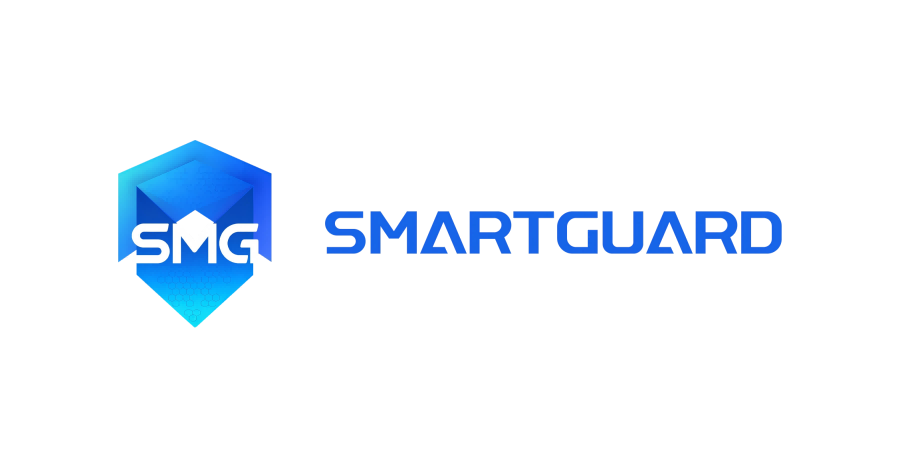
Best Practices for Cloud Compliance
In today’s data-driven landscape, businesses are embracing cloud computing technology for its efficiency and scalability. A Cloud Security Alliance (CSA) report revealed that 98% of organizations worldwide use cloud services. Yet, more than 1/3rd of those organizations may not be using key security frameworks like CSA’s CCM and CAIQ, which raises questions about how they are managing cloud security and risk. And the potential repercussions of cloud compliance failure range from steep financial penalties and lawsuits to loss of competitive advantage and reputational damage to greater risk of security incidents like data breaches.
That’s why understanding cloud compliance has become a critical priority as more organizations transition to cloud-based systems. In this blog, we will explore the importance of cloud compliance, review some common frameworks, and outline 10 best practices to help organizations ensure they remain secure and compliant in the cloud.
Is Your Organization Equipped to Tackle the Evolving Challenges of Cloud Compliance?
Many organizations manage large amounts of data, including personal information and business-critical data. Regulations must be adhered to, not only to meet regulatory requirements and conduct business in various geographies and certain industries but also to maintain security, privacy, and business integrity. With cyber threats on the rise, especially those targeting cloud infrastructures, maintaining compliance is vital for safeguarding sensitive information, building customer trust, and protecting overall business operations.
What Is Cloud Compliance?
Cloud compliance refers to the process of adhering to specific regulatory standards, legal mandates, and industry-recognized best practices in cloud computing. It ensures that cloud-based services, applications, and data meet essential security, privacy, and operational requirements. Organizations must navigate a wide range of compliance frameworks, such as CIS, NIST, MITRE ATT&CK®, and ISO, alongside regulations like GDPR, FedRAMP, and HIPAA. These frameworks and regulations are designed to safeguard data, ensure privacy, and uphold security standards, which are critical for building and maintaining customer trust.
Achieving cloud compliance requires strong security measures, regular audits, and continuous monitoring to defend against potential breaches and ensure ongoing regulatory alignment. As the compliance landscape evolves to keep up with the rapid growth in data collection, new benchmarks and regulations emerge, addressing a broader spectrum of challenges. These range from data privacy and cybersecurity to financial reporting and environmental standards. Organizations must keep abreast of the latest regulations and frameworks to stay compliant.




